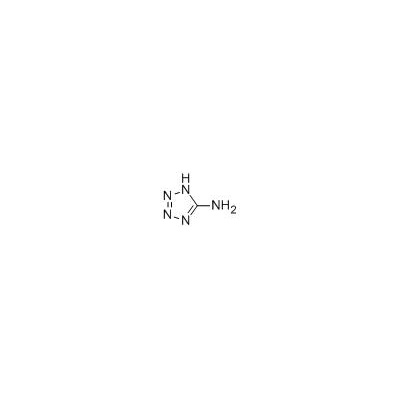What Is Tetrazole and Why Is It Important in Chemistry and Medicine?
2025-07-01
Tetrazole is a fascinating class of organic compounds that has gained significant attention in both chemical and pharmaceutical industries. Known for its unique ring structure and versatile chemical properties, tetrazole plays a critical role in drug development, energetic materials, and coordination chemistry.

What Are the Key Applications of Tetrazole?
1. Pharmaceutical Industry
Tetrazole rings are widely used as bioisosteres for carboxylic acids in drug molecules. This substitution enhances the compound's metabolic stability, oral bioavailability, and receptor binding. Some well-known drugs containing tetrazole moieties include:
Losartan(used to treat hypertension)
Valsartan(another angiotensin receptor blocker)
Candesartan(for heart failure and high blood pressure)
These drugs benefit from tetrazole’s ability to improve pharmacokinetic and pharmacodynamic properties.
2. Energetic Materials
Due to their high nitrogen content, tetrazoles are used in explosives, propellants, and gas-generating systems. The ring structure releases a large amount of gas upon decomposition, making it valuable in airbag systems and pyrotechnics.
3. Coordination Chemistry
Tetrazoles can act as ligands in coordination compounds. They form stable complexes with transition metals, useful in materials science, catalysis, and even medical imaging applications.
4. Agriculture and Chemical Synthesis
Tetrazoles are also explored for applications in crop protection and as intermediates in organic synthesis. Their unique reactivity enables the formation of other nitrogen-rich heterocycles or functionalized compounds.
What Are the Benefits of Tetrazole Derivatives?
Stability: Resistant to hydrolysis and enzymatic breakdown.
Lipophilicity: Improves membrane permeability in drug molecules.
Ionization Profile: Tetrazole’s pKa is similar to that of carboxylic acid, allowing for similar biological behavior.
Synthetic Versatility: Can be modified to yield a wide range of useful compounds.
Are There Any Challenges?
While tetrazoles are valuable, they do pose some challenges:
Synthesis: Tetrazole synthesis can involve hazardous azide compounds and requires careful handling.
Cost: Some derivatives may be expensive to produce at scale.
Toxicity: Certain energetic tetrazoles can be unstable or toxic if not properly managed.
Conclusion
Tetrazole is a highly functional and versatile compound with far-reaching impact in pharmaceuticals, materials science, and coordination chemistry. Its role as a carboxylic acid mimic in drug design, along with its energetic properties, makes it a key player in modern chemical research and development. As new methods of synthesis and applications continue to emerge, tetrazole is likely to remain at the forefront of innovation.


